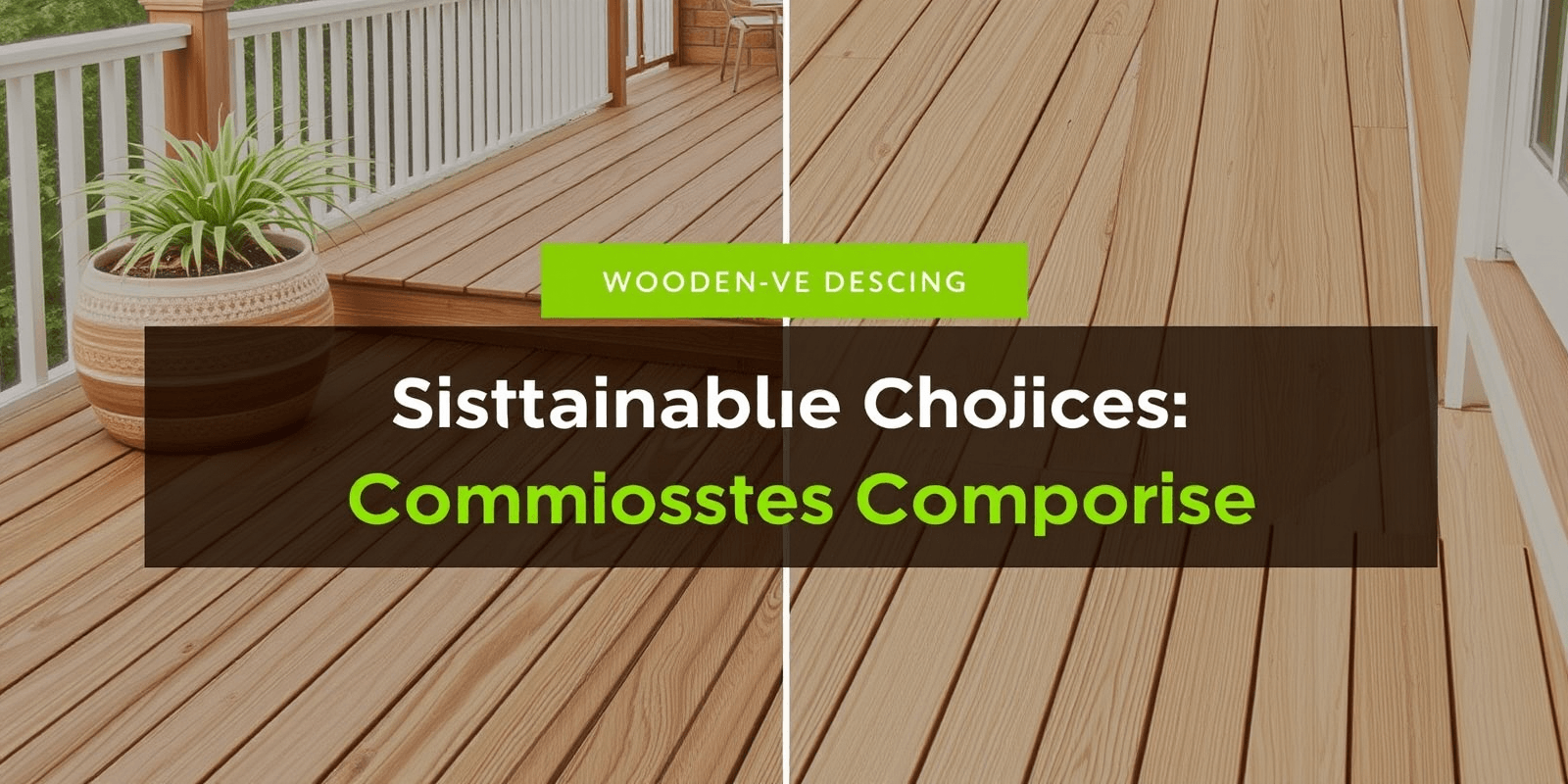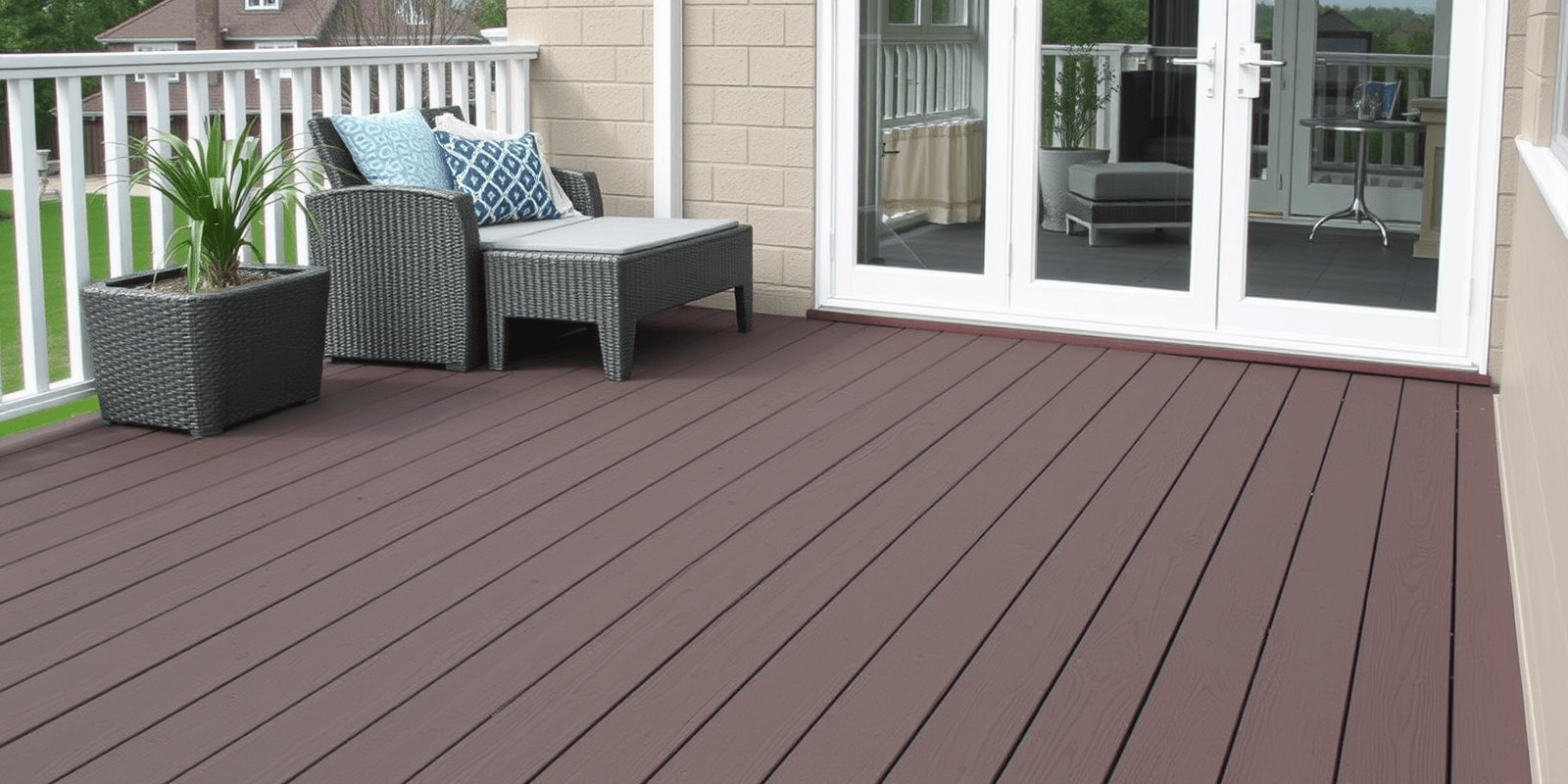“`html
Sustainable Choices: Wooden vs Composite Decking
Introduction
In recent years, the choice between wooden and composite decking has become a critical consideration for homeowners seeking to create outdoor living spaces that are both beautiful and environmentally friendly. Both options have their unique advantages and disadvantages when it comes to sustainability. This article delves into the environmental aspects of wooden and composite decking, analyzing their production processes, longevity, recyclability, and overall ecological footprint.
Production Process
The production process of wooden and composite decking significantly impacts their environmental footprint. Wooden decking is sourced from trees, primarily softwoods like pine and hardwoods like cedar and redwood. While wood is a renewable resource, its harvesting can lead to deforestation if not managed sustainably. On the other hand, composite decking is made from a combination of wood fibers and plastic (often recycled). The plastic component often includes polyethylene (PE) or polypropylene (PP), which can be derived from petroleum or recycled sources. The manufacturing process of composites consumes less energy compared to producing virgin plastics but requires more energy than processing raw wood.
Longevity and Maintenance
When it comes to longevity, composite decking generally outperforms wooden decking. Composite materials are resistant to rot, insects, and weathering, requiring minimal maintenance. In contrast, wooden decks need regular sealing and staining to protect them from moisture and UV rays, which can increase their environmental impact over time. However, properly maintained wooden decks can last for decades, making them a sustainable choice if sourced responsibly.
Recyclability
Recyclability is another crucial factor in determining the sustainability of decking materials. Wood is biodegradable and can be composted at the end of its life cycle, returning nutrients to the soil. Composite decking, while containing some recycled materials, is often difficult to recycle due to the mixture of wood fibers and plastic. However, advancements in recycling technology are improving the recyclability of composites, with some manufacturers now offering take-back programs.
Ecological Footprint
Assessing the overall ecological footprint involves considering all these factors. Wooden decking, especially when sourced from sustainably managed forests certified by organizations like the Forest Stewardship Council (FSC), can have a lower carbon footprint than composite decking. However, the longer lifespan and reduced maintenance needs of composite decking can offset this advantage. Additionally, the use of recycled materials in composite decking reduces waste and conserves natural resources.
Conclusion
Choosing between wooden and composite decking ultimately depends on your specific needs and values. If you prioritize a lower initial carbon footprint and are willing to invest in regular maintenance, wooden decking sourced from sustainable sources can be a more sustainable option. Conversely, if you prefer a low-maintenance, long-lasting deck with a reduced environmental impact over its lifetime, composite decking may be the better choice. Regardless of the material, always consider the source and ensure that your choices support sustainable forestry practices and waste reduction.
“`
This HTML document provides a structured and comprehensive analysis of the environmental aspects of wooden and composite decking, focusing on production processes, longevity, recyclability, and ecological footprint. It also offers insights into which option might be more sustainable based on these factors.



